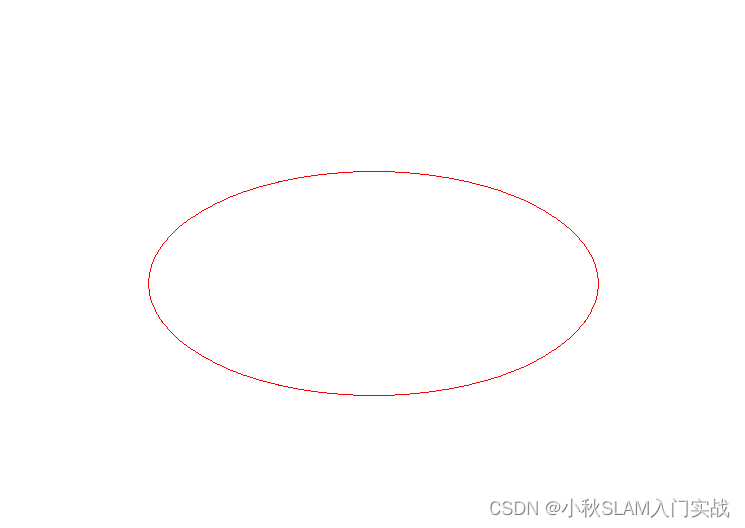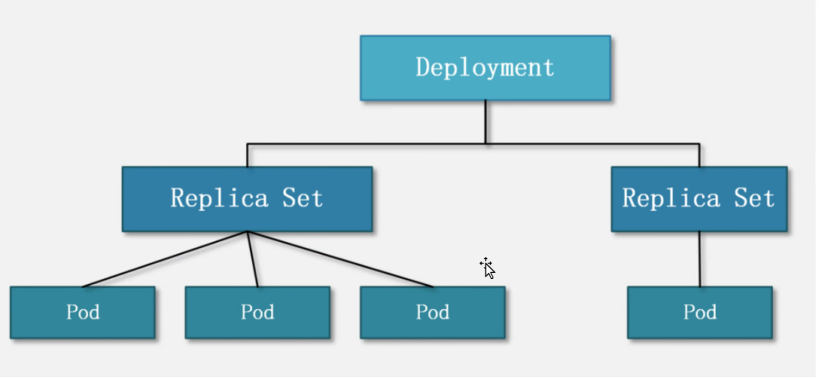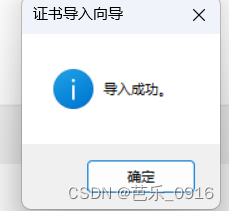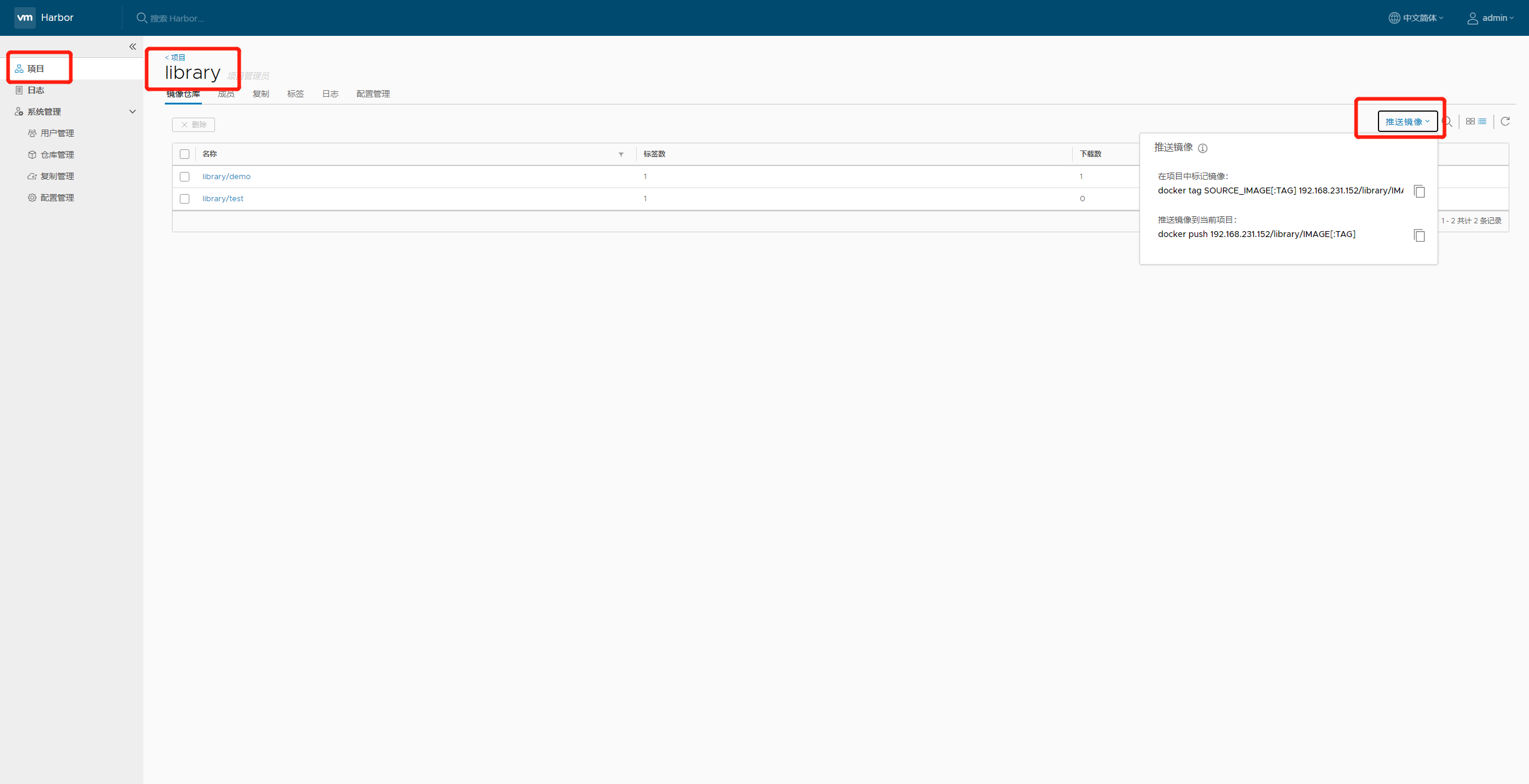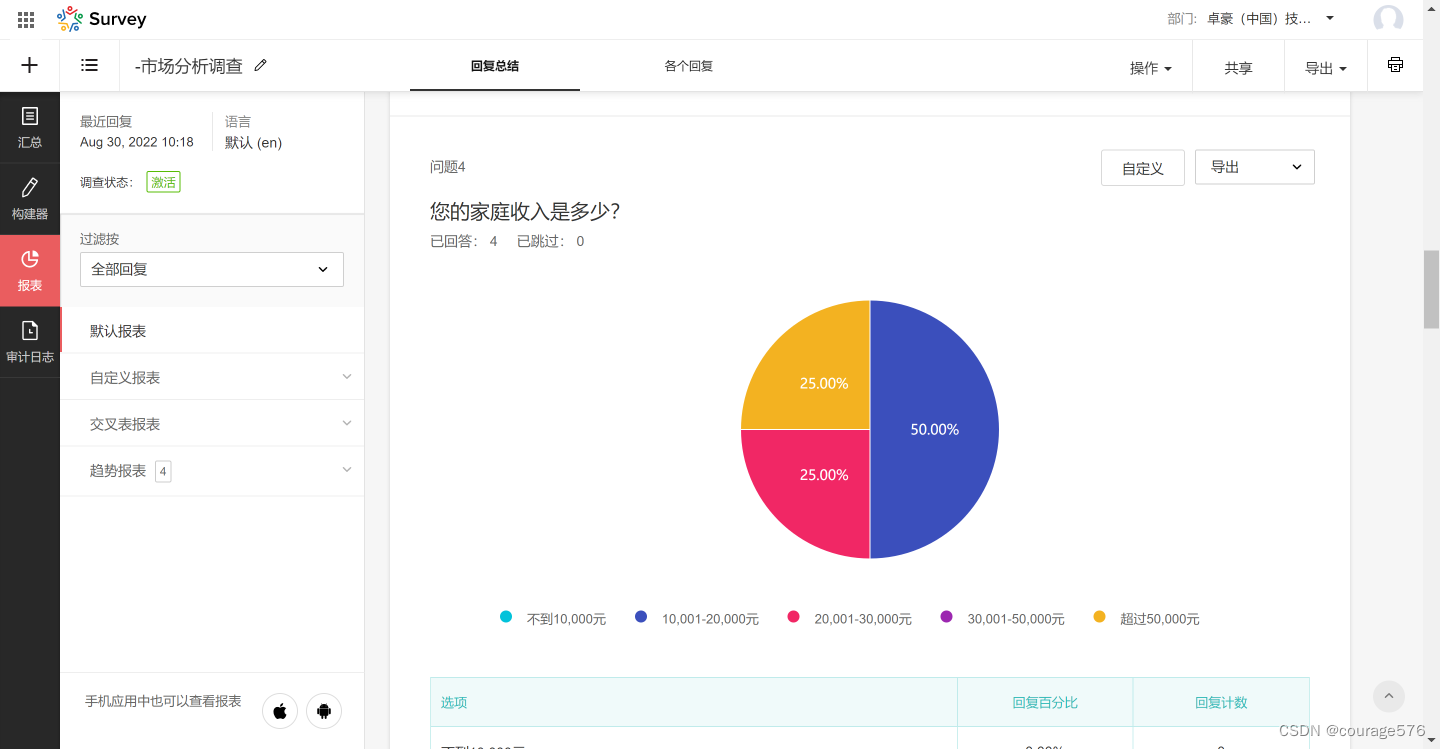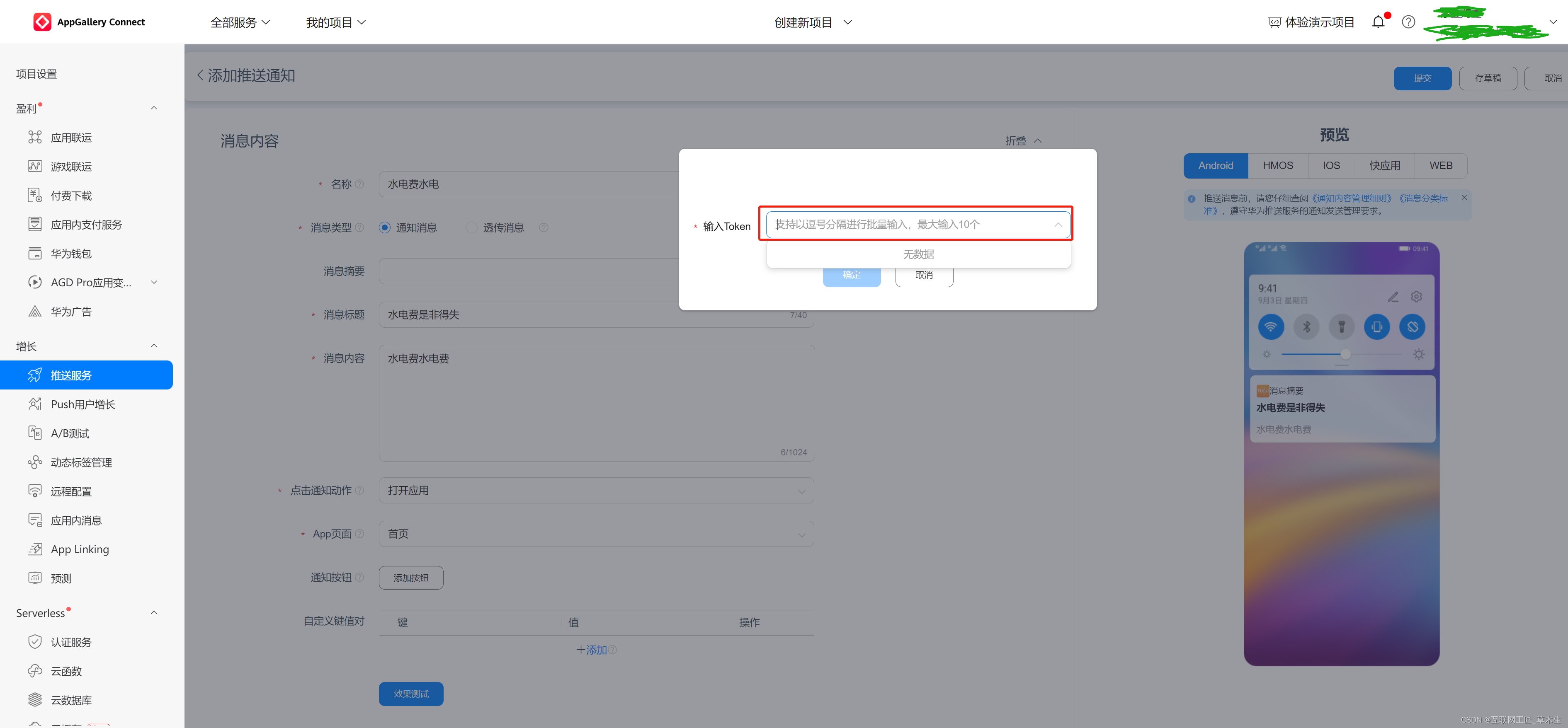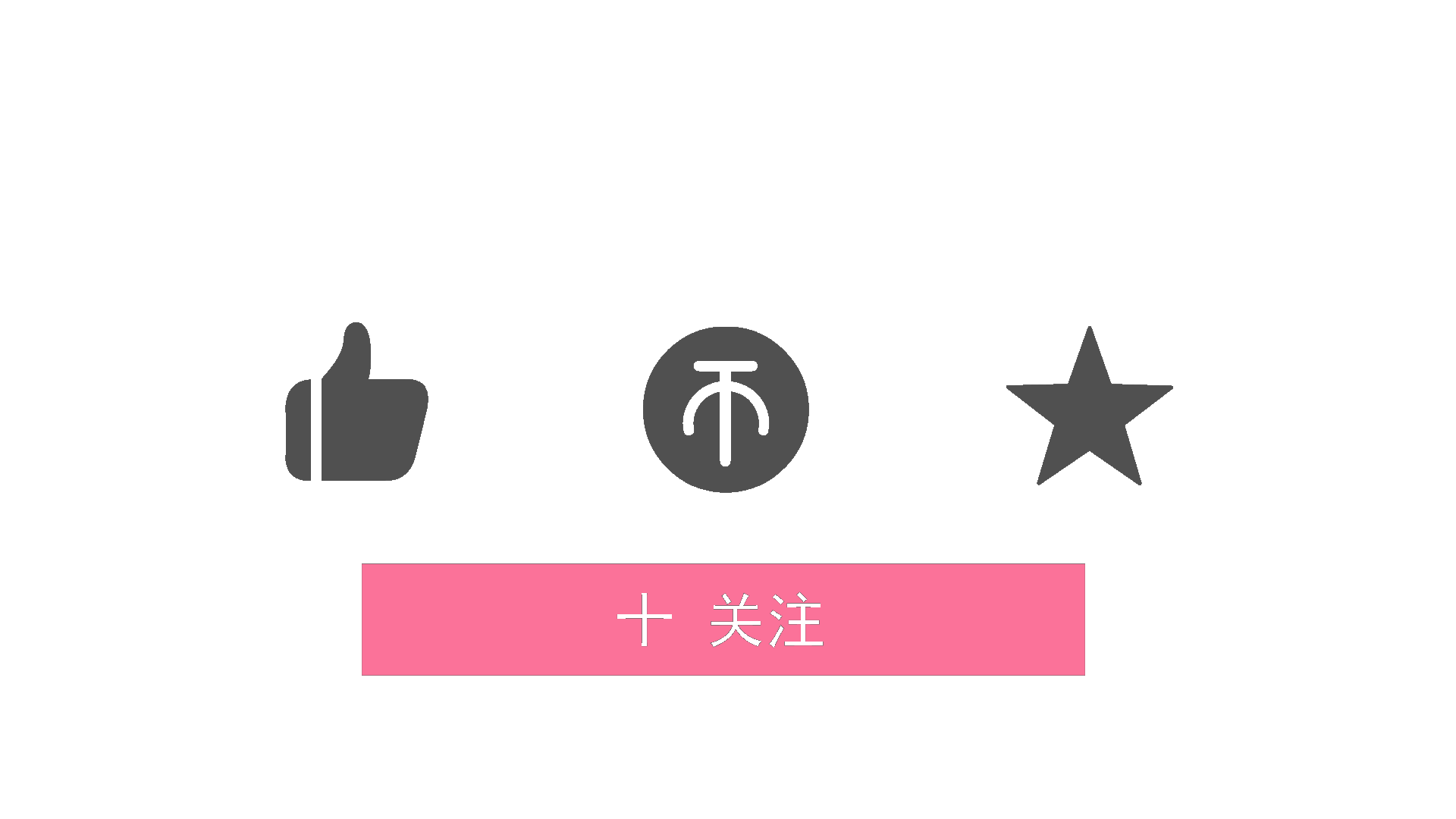Spring Boot 中的 Future 接口是什么,如何使用
在异步编程中,我们通常需要处理一些耗时的操作。一种常见的做法是使用 Future 接口来代表一个异步操作的结果。在 Spring Boot 中,Future 接口被广泛应用于异步编程中,本文将介绍 Spring Boot 中的 Future 接口及其使用方法。
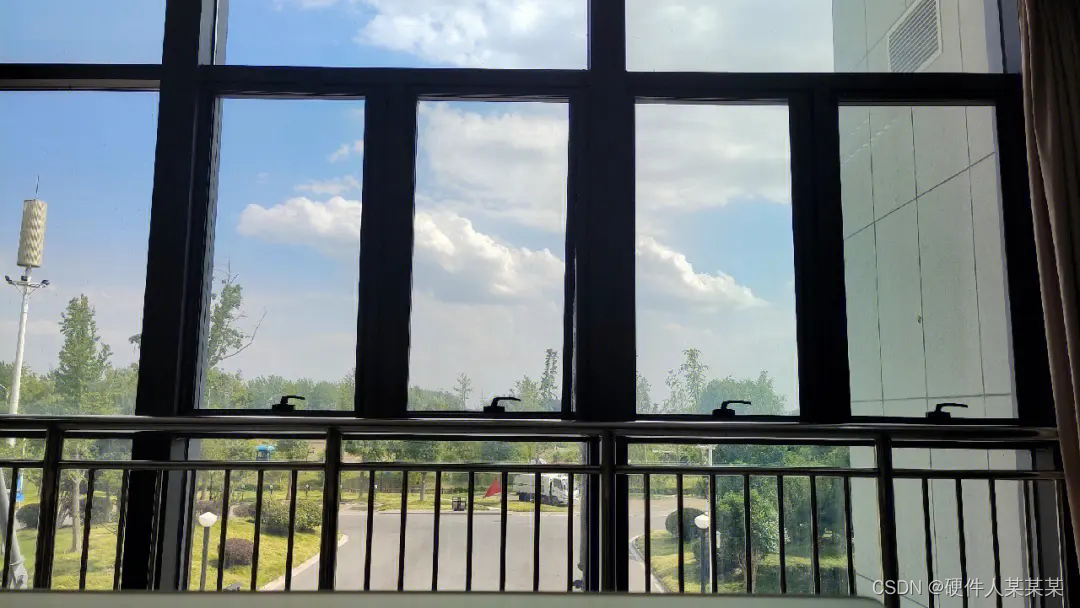
什么是 Future 接口
Future 接口是 Java 标准库中的一个接口,它代表了一个异步计算的结果。当一个异步计算被提交时,会返回一个 Future 对象,我们可以通过这个对象来获取异步计算的结果。
在 Spring Boot 中,Future 接口被广泛用于异步编程中。我们可以通过 Spring Boot 提供的异步支持来创建异步任务,并返回一个 Future 对象。通过 Future 对象,我们可以在主线程中获取异步任务的结果,或者在异步任务完成之前进行其他操作。
使用 Future 接口
在 Spring Boot 中使用 Future 接口非常简单,只需要按照以下步骤进行配置即可。
1. 添加依赖
首先需要在 pom.xml 文件中添加以下依赖:
<dependency><groupId>org.springframework.boot</groupId><artifactId>spring-boot-starter</artifactId>
</dependency>
这个依赖包含了 Spring Boot 的核心功能和一些常用的依赖。
2. 创建异步任务
在 Spring Boot 中创建异步任务非常简单,只需要在方法上添加 @Async 注解即可:
@Service
public class MyService {@Asyncpublic Future<String> doSomething() {// 异步执行的任务内容return new AsyncResult<>("Hello, World!");}
}
在上面的代码中,MyService 类是一个简单的服务类,其中的 doSomething 方法被标记为异步执行。该方法返回一个 Future 对象,表示异步任务的结果。在这个例子中,异步任务的结果是一个字符串,我们通过 AsyncResult 类来创建一个包含这个字符串的 Future 对象。
3. 调用异步任务
在调用异步任务时,只需要通过 Spring 容器获取到对应的 Bean,然后调用方法即可:
@Service
public class MyOtherService {@Autowiredprivate MyService myService;public void doSomething() throws ExecutionException, InterruptedException {Future<String> future = myService.doSomething();// 在异步任务完成之前,可以进行其他操作String result = future.get(); // 获取异步任务的结果System.out.println(result);}
}
在上面的代码中,MyOtherService 类是另一个服务类,它依赖于 MyService 类,并在其中调用了 MyService 类的 doSomething 方法。在调用 doSomething 方法时,我们得到了一个 Future 对象,我们可以在这个对象上调用 get 方法来获取异步任务的结果。如果异步任务还没有完成,get 方法会阻塞当前线程,直到异步任务完成并返回结果。
4. 配置异步支持
在 Spring Boot 中,我们需要在配置类中配置异步支持。我们可以通过 @EnableAsync 注解来启用 Spring Boot 的异步支持,然后实现 AsyncConfigurer 接口来配置异步任务的线程池。
@Configuration
@EnableAsync
public class AppConfig implements AsyncConfigurer {@Overridepublic Executor getAsyncExecutor() {ThreadPoolTaskExecutor executor = new ThreadPoolTaskExecutor();executor.setCorePoolSize(10);executor.setMaxPoolSize(20);executor.setQueueCapacity(1000);executor.initialize();return executor;}
}
在上面的配置类中,我们实现了 AsyncConfigurer 接口,并重写了其中的 getAsyncExecutor 方法来配置异步任务的线程池。在这个例子中,我们创建了一个线程池,其中核心线程数为 10,最大线程数为 20,等待队列的容量为 1000。
示例代码
下面是一个完整的示例代码,它演示了如何使用 Spring Boot 的 Future 接口来执行异步任务:
@SpringBootApplication
public class MyApplication {public static void main(String[] args) {SpringApplication.run(MyApplication.class, args);}
}@Service
public class MyService {@Asyncpublic Future<String> doSomething() {// 异步执行的任务内容return new AsyncResult<>("Hello, World!");}
}@Service
public class MyOtherService {@Autowiredprivate MyService myService;public void doSomething() throws ExecutionException, InterruptedException {Future<String> future = myService.doSomething();// 在异步任务完成之前,可以进行其他操作String result = future.get(); // 获取异步任务的结果System.out.println(result);}
}@Configuration
@EnableAsync
public class AppConfig implements AsyncConfigurer {@Overridepublic Executor getAsyncExecutor() {ThreadPoolTaskExecutor executor = new ThreadPoolTaskExecutor();executor.setCorePoolSize(10);executor.setMaxPoolSize(20);executor.setQueueCapacity(1000);executor.initialize();return executor;}
}
在上面的代码中,MyApplication 类是 Spring Boot 应用程序的入口点,其中启动了 Spring Boot 应用程序的容器。MyService 类是一个简单的服务类,其中的 doSomething 方法被标记为异步执行,并返回一个 Future 对象。MyOtherService 类是另一个服务类,它依赖于 MyService 类,并在其中调用了 MyService 类的 doSomething 方法,然后调用 get 方法来获取异步任务的结果。最后,AppConfig 类是一个 Spring Boot 的配置类,其中实现了 AsyncConfigurer 接口,以配置异步任务的线程池。
总结
在异步编程中,Future 接口是一个非常实用的接口,它可以用于表示异步任务的结果。在 Spring Boot 中,Future 接口被广泛应用于异步编程中,通过 Spring Boot 提供的异步支持,我们可以很方便地创建异步任务,并在主线程中获取它的结果。在本文中,我们介绍了 Spring Boot 中的 Future 接口及其使用方法,并提供了一个完整的示例代码,希望对您有所帮助。

